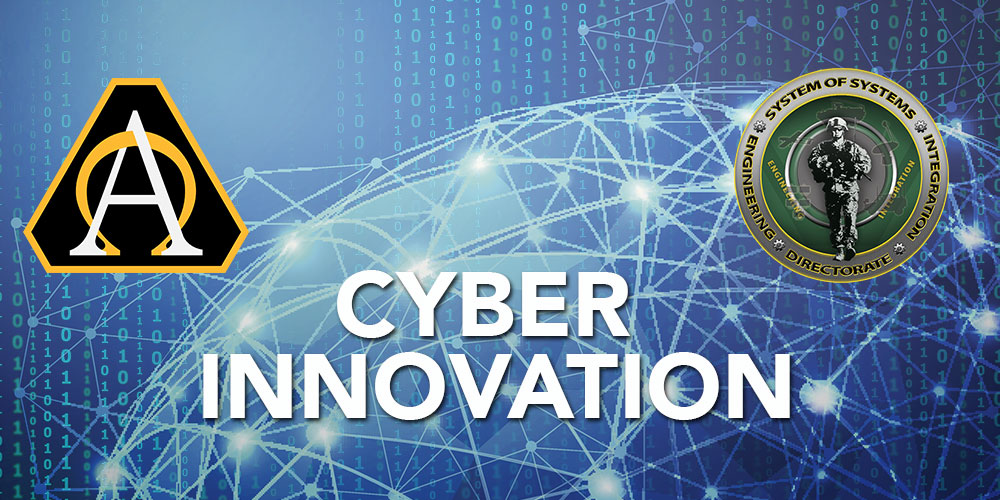
By Claire Heininger, ASA(ALT) SoSE&I
ABERDEEN, Md. (April 19, 2016)- Although October is Army Cybersecurity Awareness Month, April is shaping up to be the month of the Army Cyber Innovation Challenge.
Last week, winning vendors from the Army’s inaugural challenge began delivering the first prototype kits to the Cyber Protection Brigade at Fort Gordon, Georgia. On April 5, the Army released a requirement for its second challenge, drawing such an enthusiastic response that it granted a 10-day deadline extension for more companies to become eligible to respond. For the third challenge, the Army is preparing to release a requirement in the coming days, just a few weeks after it hosted a trailblazing industry forum in Silicon Valley.
“The Cyber Innovation Challenge continues to build momentum to quickly evaluate and deliver leading-edge technologies,” said Col. Bryan J. Stephens, director of the Cyber Focal office for the Assistant Secretary of the Army for Acquisition, Logistics and Technology. “These aggressive prototyping efforts are part of the Army’s larger commitment to building an enduring cyber operations capability.”
The Cyber Innovation Challenge is a new framework that allows the Army to address the rapid evolution of cyber technology by tapping into small and nontraditional defense contractors to deliver prototypes rapidly. The challenge uses a new twist on existing acquisition authority that allows the Army to quickly obtain operational feedback on cutting-edge solutions to inform enduring procurement strategies. The process moves fast: the Army can announce a requirement, evaluate responses and award potential vendors within 90 days.
The Army has conducted three formal Innovation Challenge events, starting in May 2015. The goal is to hold three to four challenges per year to investigate priority cyber requirements and fuel the early experimentation that leads to more agile and informed procurement.
To inform the broader Army and industry community regarding what makes the process work, the team behind the Challenge has developed a white paper that explains the model, including the use of Other Transaction Authority, the involvement of a vendor consortium, and the roles and responsibilities of the operational, requirements and acquisition communities.
To read the full white paper, click here.







